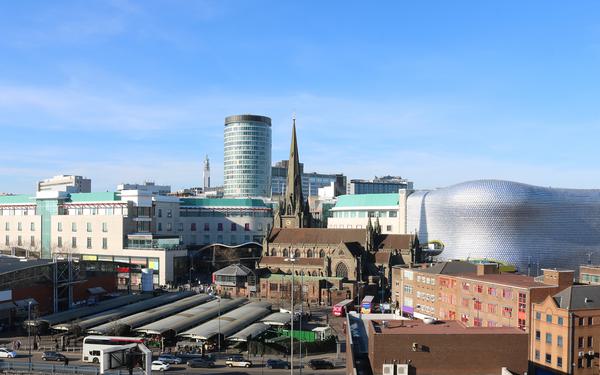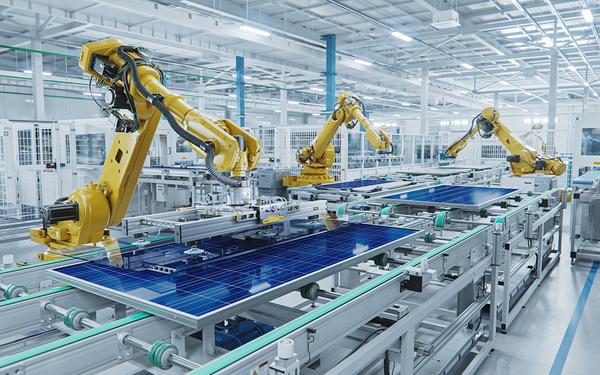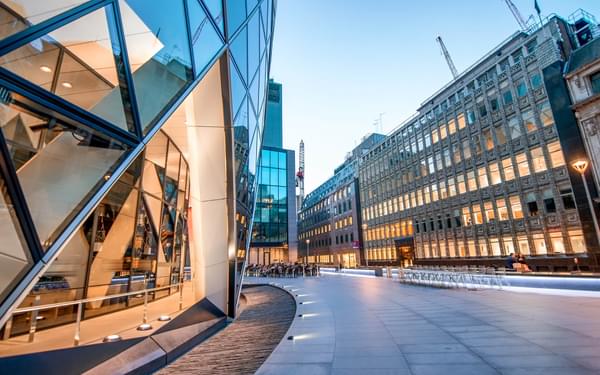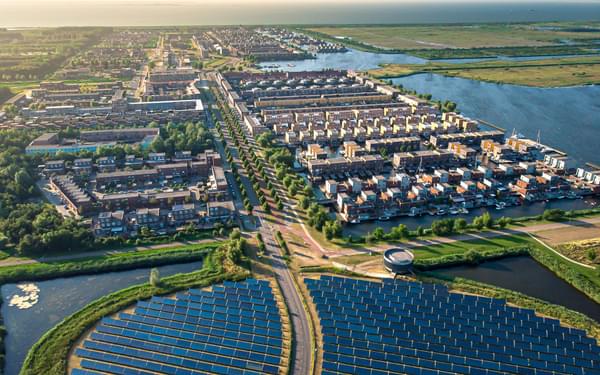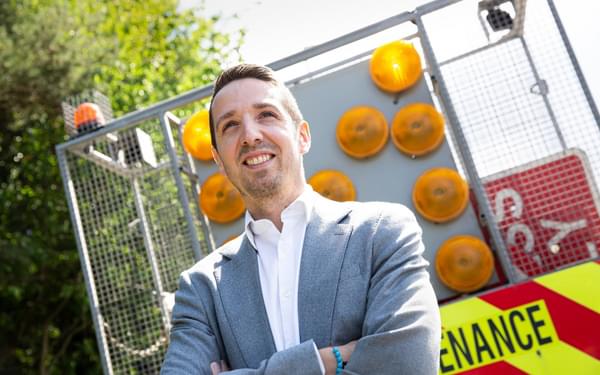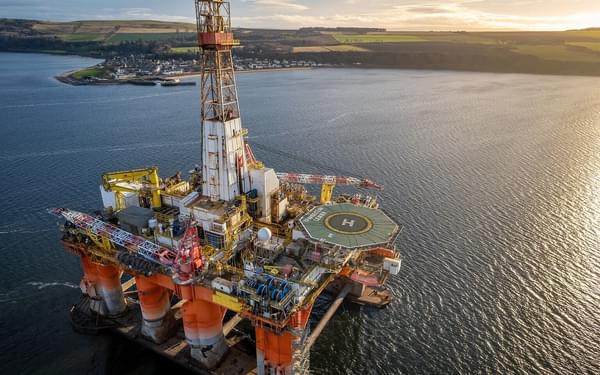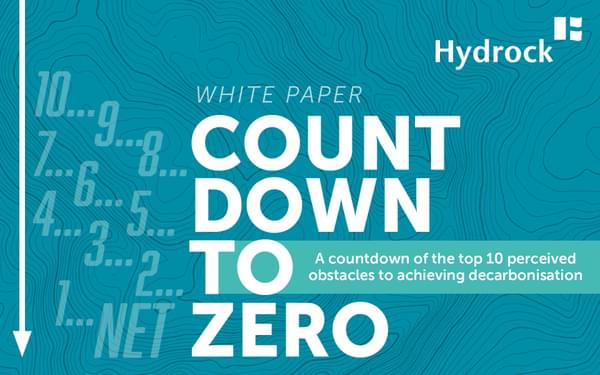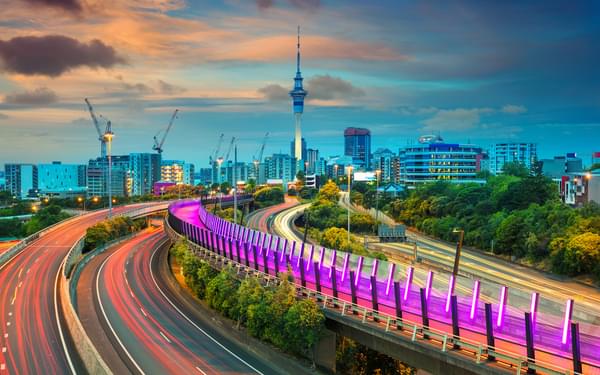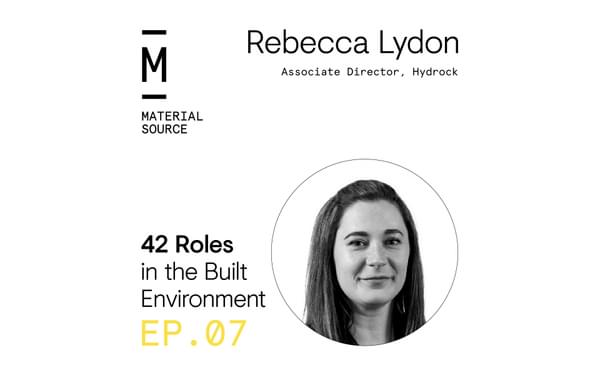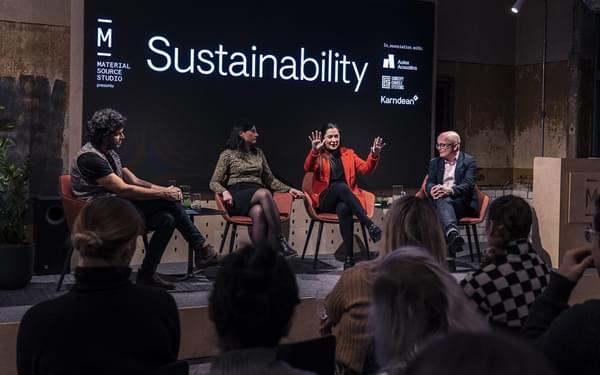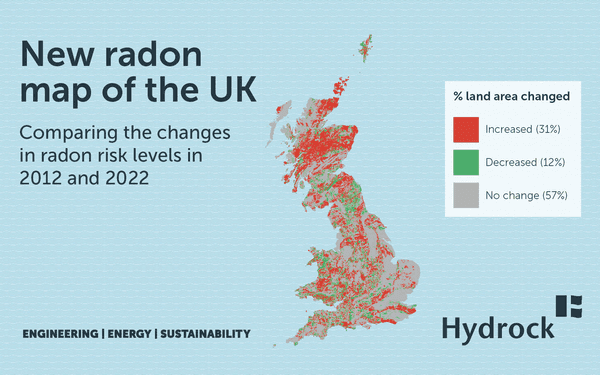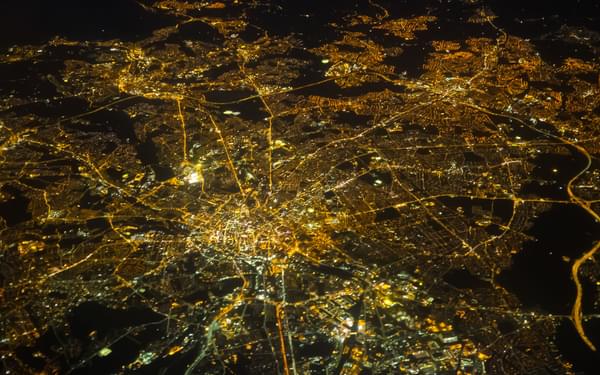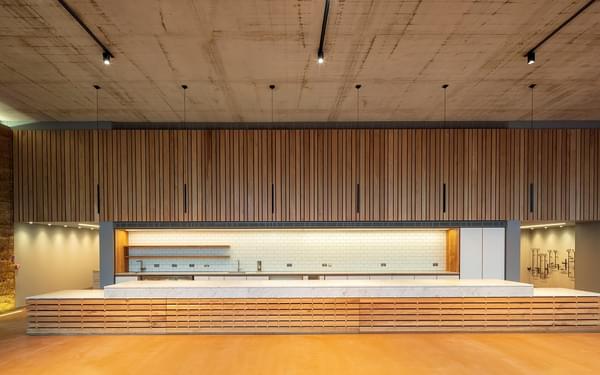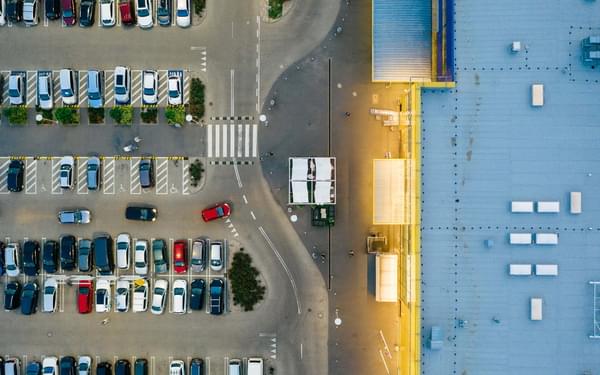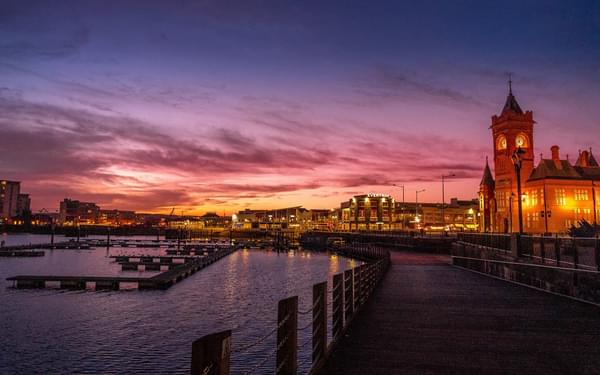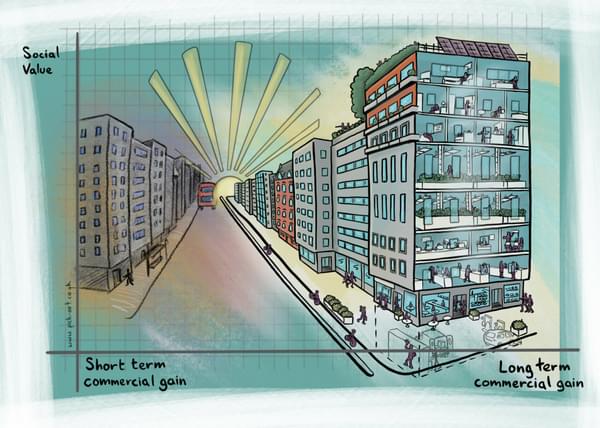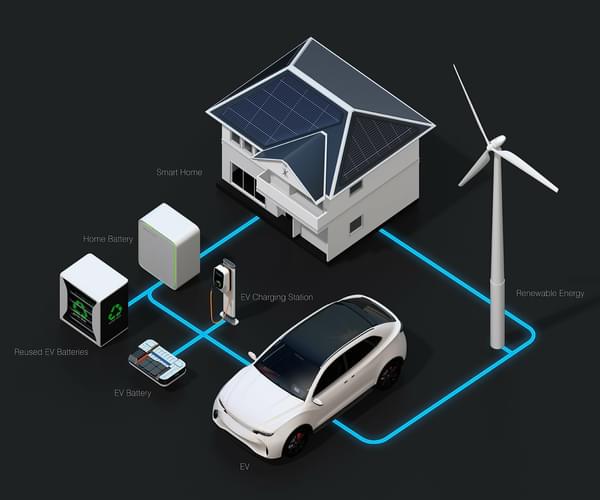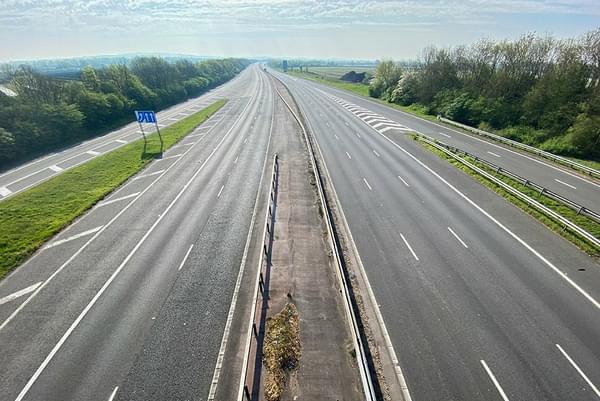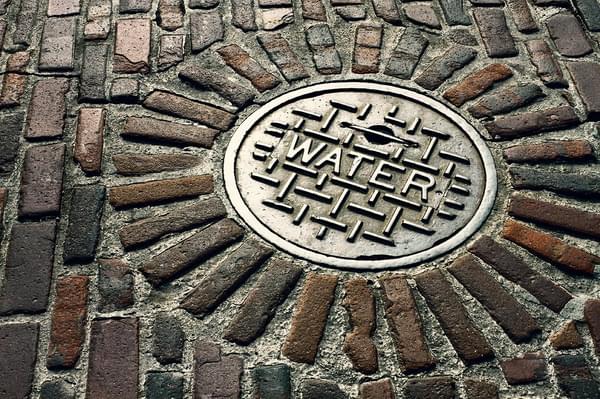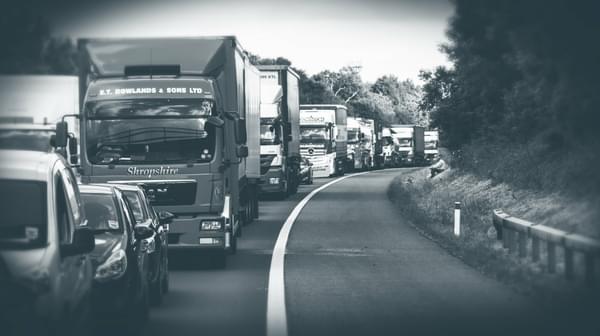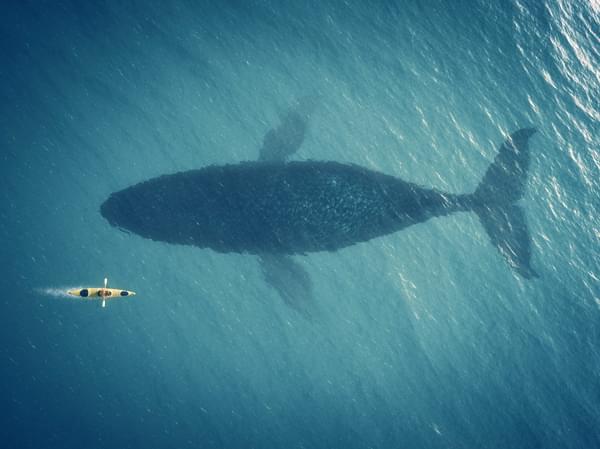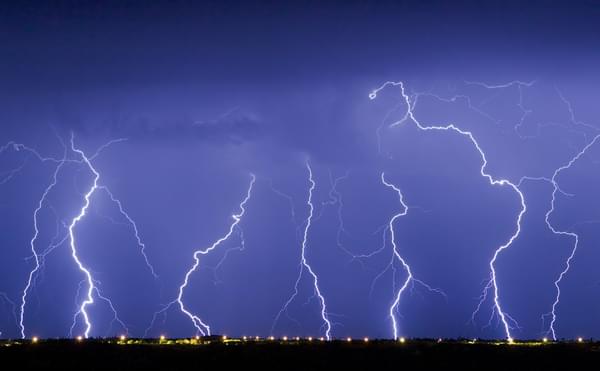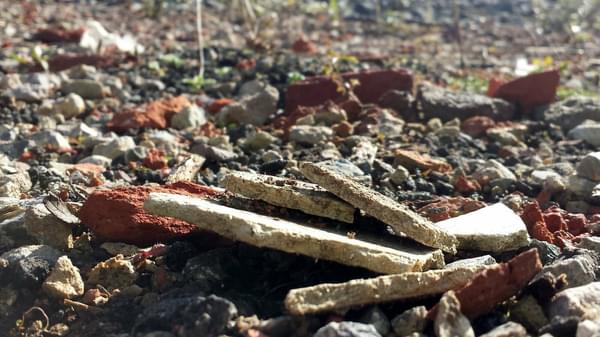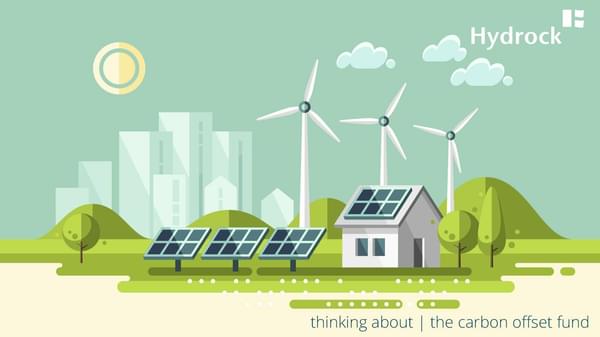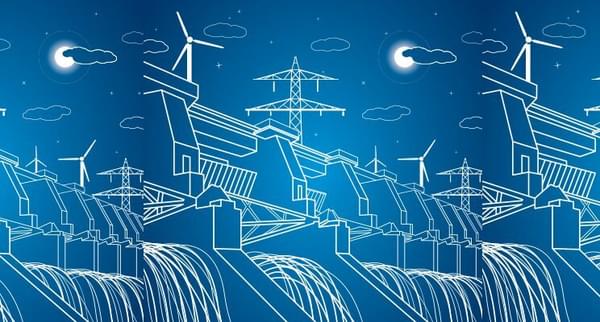
Here's a number for you; 5,968.
Any guesses? No? A casual look through my phone photo albums would give you the answer: "Recent Photos". It's the number of apparently "recent" photos I've hastily (and usually thoughtlessly) snapped on the fly, shot from the hip, if you will. With not a care for artistic content, nor composition.
In short, 90% of the contents of my phone storage is rubbish.
To give you a flavour of the sort of gold that the Tate Modern will surely be bidding on after my death, I have photos of (in no particular order); chopped onions, an out-of-focus till receipt, my driving licence, a dozen screenshots of memes, countless photos of what appear to be the same roast dinner, and a frankly ridiculous number of photos of my child. The photos of my first-born aren't a finely curated collection of high-end portraiture, it's bunches of the same photo, eight or nine totally out of focus, two with the flash accidentally on, and one half-decent effort where the poor boy isn't wailing (presumably in an effort to make me put the phone down).
In order to sustain my subconscious digital hoarding addiction, I've even taken the rather frivolous step of every month parting with ninety-nine of the Queen's finest coppers, in order to increase my photo storage capabilities on "the cloud". A bargain! I thought to myself. I'd pay thrice this toll to mitigate the anxiety of receiving the universal message of doom: "Your phone storage is almost full".
And why not? What else can you get of value for 99p a month? Like most people, I'd guess, buying and then inevitably filling online storage doesn't even feature as a blip on the radar of our everyday thoughts. Why would it? It's not really real, is it? It's just well… digital, it's data, floating around out there - right?
Of course, most of us don't think like this, but the truth of the matter is, most of us just don't think about it at all. It's absurdly obvious to point out that it isn't just floating around out there, it's stored. On a hard, physical medium somewhere in a secret location. Enormous server-filled beasts the size of warehouses, backed-up, sucking power, and demanding cooling to survive.
Every click, every YouTube video or Spotify track, every Google search... every pointless photo. All these activities add up to burn a huge amount of energy and require exponentially more server-space. Apparently, in generating a record-setting five billion views on YouTube, Justin Bieber's track "Despacito" consumed the same amount of energy as Chad, Guinea-Bissau, Somalia, Sierra Leone and the Central African Republic put together in a whole year. Think of all the hugely wasteful endeavours we get up to without even thinking: the thousands of years-old photos of your younger, responsibility-free self on Facebook (that you will never look at again…); the times when you stream a video on YouTube just to minimise the window and listen to the music; the times you reply-all to 35 people on a work email just so your boss knows you're working - the list goes on and on.
All of these activities are having a huge combined impact on global carbon emissions. It's been reported that online activity related to social media currently accounts for 4% of global carbon emissions, this is set to rise to 14% by 2040. These numbers are astonishing, but it makes sense. Facebook has stored every stupid thing I've ever done for almost two decades, and will send it all to me if I merely ask. Hundreds of gigabytes, just for me. Multiply that by the 2 billion other Facebook users and you have numbers so incomprehensibly large that I have neither the time, nor the talent, to calculate.
It's also important to realise that with the speed at which computing evolves, the entire hardware contents of these monstrous datacentres quickly become obsolete, and needs replacing every six months. I can only imagine the mountains of physical waste that this produces on a global scale - but that, my friends, may be a matter for a different article…
So how do we combat this waking giant? To continue on as we are will quickly become unsustainable in a world where we take great strides towards carbon neutrality. As we move towards a "paperless office" mentality, have we inadvertently let slip a very different, invisible monster? It would appear to me we need a two-pronged pitchfork to chase off this particular man-made beastie:
1 - Reduce our digital waste
For the astute, energy-savvy amongst you, you'll realise that the solution doesn’t just lie with carbon neutrality. Yes, we are aiming for the grid to be decarbonised, and by 2030 we can expect to have the ability to run solely on renewables, this in itself won’t solve the problem. Capacity is a huge issue and we need to temper demand. Smart thinking in terms of how power and cooling is delivered, alongside benefiting from on-site storage will help reduce cost and carbon burden. As individuals, being mindful of what we do online; where/how we consume media; if/how we reply and through which medium; what we download; how our businesses operate and publish data on digital wastage, automatically deleting old data and photos. This is a shift in behaviour and mentality through discussion and education. We may be moving towards a time where, instead of entreating us to "think before you print", our email signatures may sagely advise: "think before you send".
2 - Create net zero datacentres
Using a mix of new technologies and the determination to reach carbon neutrality, we must look at how datacentres are built, operate, and are upgraded to ensure they are fit to serve the new world. Determining the mix of renewable and storage technologies, whilst utilising the free-cooling opportunities given to us by nature (see Google’s new newest seawater-cooled data centre in Finland…) is absolutely key. Last year, Volkswagen Group opened what they referred to as a carbon-neutral data centre in Norway, that runs entirely from hydropower. The climate in Norway also offers a distinct advantage when it comes to cooling. Green Mountain (who designed the centre) estimate the use of this datacentre will have the same carbon impact as removing 1000 cars from the roads. Should this technology be a global standard? Other big tech giants are beginning to follow suit, and one datacentre in Sweden is even being retrofitted to provide its excess heat to the district heating network… but we are currently just scratching the surface.
Of course, this is merely the tip of the iceberg, but education, and enlightened design have to be coordinated if we are to stop the human race's unhealthy obsession with digital consumption from having a savage impact on this little ol' place we all call home.
Now, if you don't mind, I have many, many photos of a quiche to delete.
Hydrock has a dedicated Smart Energy team that are working with private and public sector clients on carbon neutral buildings, energy infrastructure, and the route to Net Zero. Demonstrating how balancing sustainable technologies can not only remove reliance on fossil fuels but also present significant commercial opportunities.
This article originally appeared on Ric Hampton's LinkedIn account.







